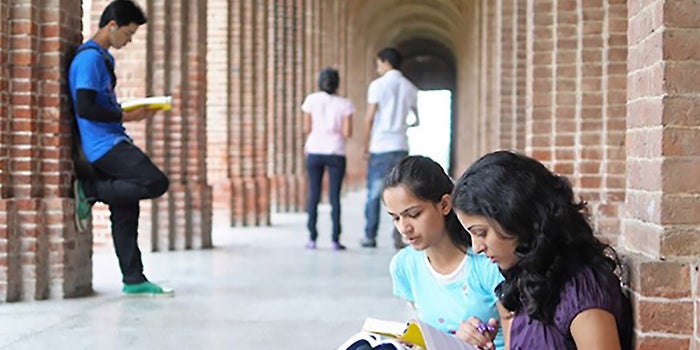Experiential education can happen in the classroom through different strategies like group work, the latest tech trends, and role-playing. But then, what is experiential learning? According to Aristotle, men become builders by building. So, education involves learning by doing. The students participate in making real-life experiences from academic theories.
However, experiential education is beyond just doing. Instead of seeking cheap essays for sale, students take full charge by asking questions, solving problems, or engaging in steamy discussions. After then, they agree and evaluate the outcome using practical examples.
Traditional education practices had a lot of focus on the teacher’s side. However, the trend is different for experiential since more emphasis is on the student side. This implies that experiential explains education in the real-life experience while the traditional model focuses on feeding students with information without relating it to real life.
Role of mistakes, and uncertainty, in experiential education

One thing about experiential education is that students will always make mistakes. It is believed that mistakes are part of the learning process. Since the results can’t be predicted, AEE explains that students can either succeed, fail, or encounter uncertainty.
If you think the trend is new, you are wrong. It has been there for ages only that it has been applied to internships and workplaces. The University of Tennessee Knoxville suggests the following are experiential learning forms: fieldwork, apprenticeships, undergraduate research, clinical experiences, and practicums.
Although experiential is known to take place outside the class, it can happen via different techniques. The techniques include group work, role-playing, and simulations. For example, instead of reading a case study, students take the role of a fictitious simulation whereby different behaviors lead to different results.

Among the courses that suit this strategy best include social work, medicine, and healthcare. The actors will be patients. Here, the students can practice interviewing the patients and making a prescription according to the explanation. After the practice, the entire class then discussed what went well and what failed.
The Vanderbilt University School of Medicine gives students chances to practice different clinical procedures through participation with patients. In the end, the students learn adequate skills before they can meet the real patient in their career field, which means they have sufficient experience on how to approach the patients.
Simulations and experiential education
The technology is offering advanced ways (virtual reality or augmented reality for universities to embrace experiential learning. With VA simulation, students can make mistakes and make decisions. In the process, they learn from the mistakes and the decisions they make. The idea helps the student avoid making a mistake when dealing with a real experience.
Although experiential education is not all about doing, some individuals can repeat the same mistakes without learning something from experience. The role is to make the class analyze by repeating different scenarios to master the skills. If you want to get immediate results, you should seek for the best paper writing services.
Conclusion
It is good to embrace new technologies when it comes to learning. After all, the purpose of higher education is to produce highly-skilled people to fill the missing gaps. The introduction of Experiential learning is the best way forward as it sharpens students’ skills, preparing them for real-life experience.